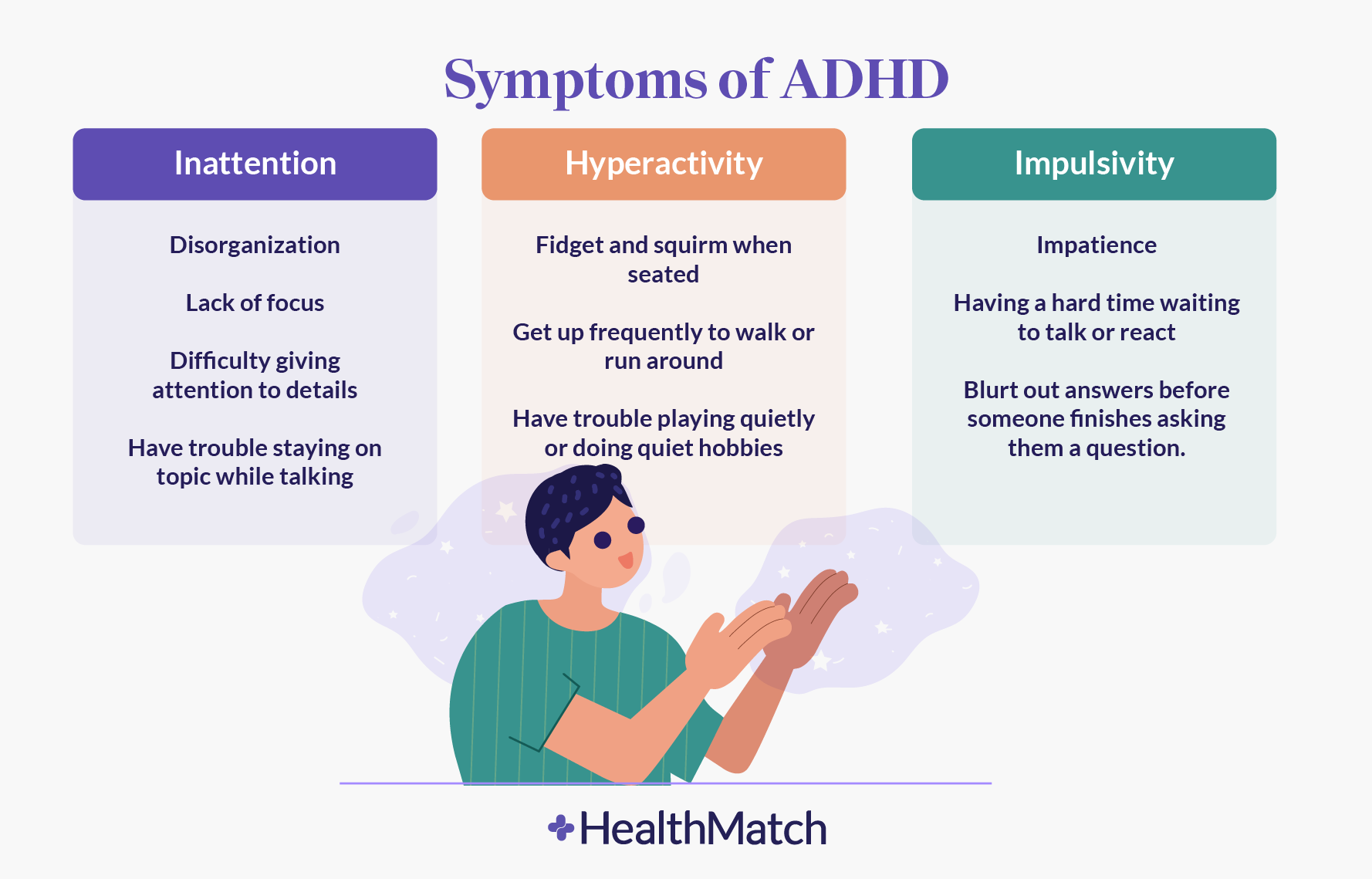


The symptoms do not occur exclusively during the course of schizophrenia or another psychoticĭisorder and are not better explained by another mental disorder (e.g., mood disorder, anxietyĭisorder, dissociative disorder, personality disorder, substance intoxication or withdrawal).Ī common role of the school-based OT practitioner is collaborating with teachers to develop strategies to improve behavior and classroom performance of students with ADD/ADHD. There is clear evidence that the symptoms interfere with, or reduce the quality of, social, academic, orĮ.

Home, school, or work with friends or relatives in other activities).ĭ. Several inattentive or hyperactive-impulsive symptoms are present in two or more settings (e.g., at Several inattentive or hyperactive-impulsive symptoms were present prior to age 12 years.Ĭ. Often interrupts or intrudes on others (e.g., butts into conversations, games, or activities may start using other people’s things without asking or receiving permission for adolescents and adults, may intrude into or take over what others are doing).ī. Often has difficulty waiting his or her turn (e.g., while waiting in line). Often blurts out an answer before a question has been completed (e.g., completes people’s sentences cannot wait for turn in conversation). Is often “on the go,” acting as if “driven by a motor” (e.g., is unable to be or uncomfortable being still for extended time, as in restaurants, meetings may be experienced by others as being restless or difficult to keep up with). Often unable to play or engage in leisure activities quietly.Į. Often runs about or climbs in situations where it is inappropriate.ĭ. Often leaves seat in situations when remaining seated is expected (e.g., leaves his or her place in the classroom, in the office or other workplace, or in other situations that require remaining in place).Ĭ. Often fidgets with or taps hands or feet or squirms in seat.ī. Hyperactivity and Impulsivity: Six (or more) of the following symptoms have persisted for at least 6 months to a degree that is inconsistent with developmental level and that negatively impacts directly on social and academic/occupational activities:Ī. Is often forgetful in daily activities (e.g., doing chores, running errands for older adolescents and adults, returning calls, paying bills, keeping appointments).Ģ. Is often easily distracted by extraneous stimuli (for older adolescents and adults, may include unrelated thoughts). Often loses things necessary for tasks or activities (e.g., school materials, pencils, books, tools, wallets, keys, paperwork, eyeglasses, mobile telephones). Often avoids, dislikes, or is reluctant to engage in tasks that require sustained mental effort (e.g., schoolwork or homework for older adolescents and adults, preparing reports, completing forms, reviewing lengthy papers). Often has difficulty organizing tasks and activities (e.g., difficulty managing sequential tasks difficulty keeping materials and belongings in order messy, disorganized work has poor time management fails to meet deadlines).į. Often does not follow through on instructions and fails to finish schoolwork, chores, or duties in the workplace (e.g., starts tasks but quickly loses focus and is easily sidetracked).Į. Often does not seem to listen when spoken to directly (e.g., mind seems elsewhere, even in the absence of any obvious distraction).ĭ. Often has difficulty sustaining attention in tasks or play activities (e.g., has difficulty remaining focused during lectures, conversations, or lengthy reading).Ĭ. Often fails to give close attention to details or makes careless mistakes in schoolwork, at work, or during other activities (e.g., overlooks or misses details, work is inaccurate).ī. Inattention: Six (or more) of the following symptoms have persisted for at least 6 months to a degree that is inconsistent with developmental level and that negatively impacts directly on social and academic/occupational activities:Ī. To meet the criteria for a diagnosis of AD/HD:Ī: There must be a persistent pattern of inattention and/or hyperactivity-impulsivity that interferes with functioning or development, as characterized by (1) and/or (2).ġ. This is a mix of inattentive symptoms and hyperactive/impulsive symptoms. The majority of symptoms are hyperactive and impulsive.ģ. The majority of symptoms fall under inattention.Ģ. The DSM- 5 names the disorder, "Attention-Deficit/ Hyperactivity Disorder" (AD/HD) and specifies the following presentations:ġ. Diagnostic Criteria According to the DSM-5™


 0 kommentar(er)
0 kommentar(er)
